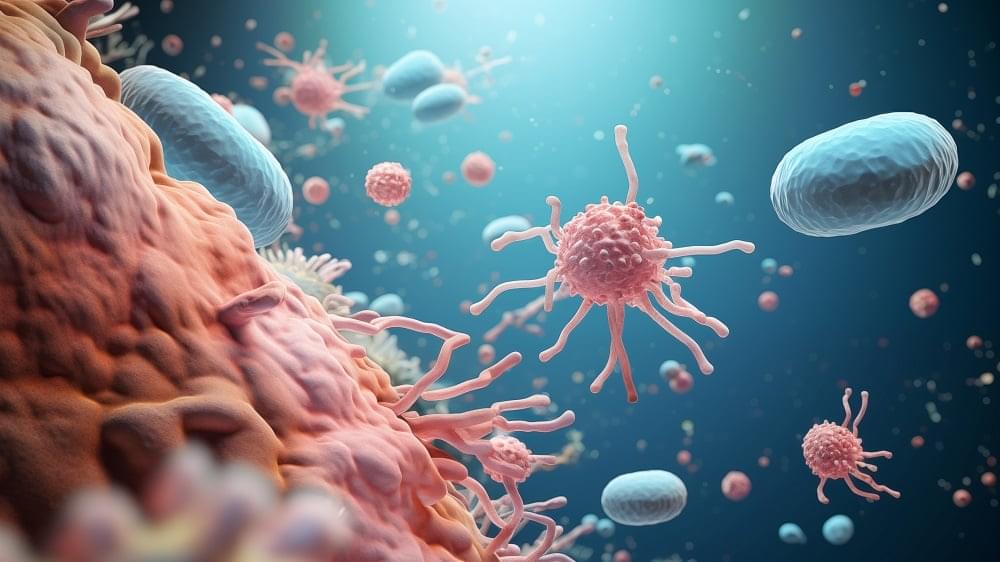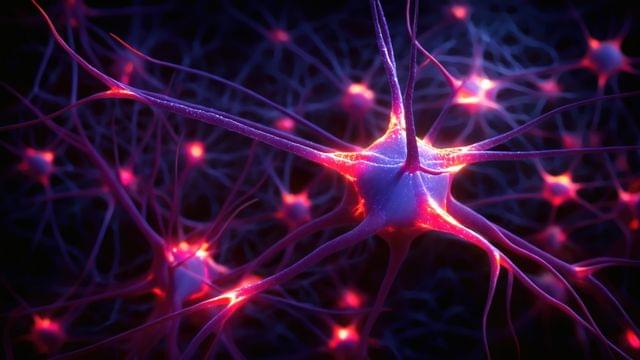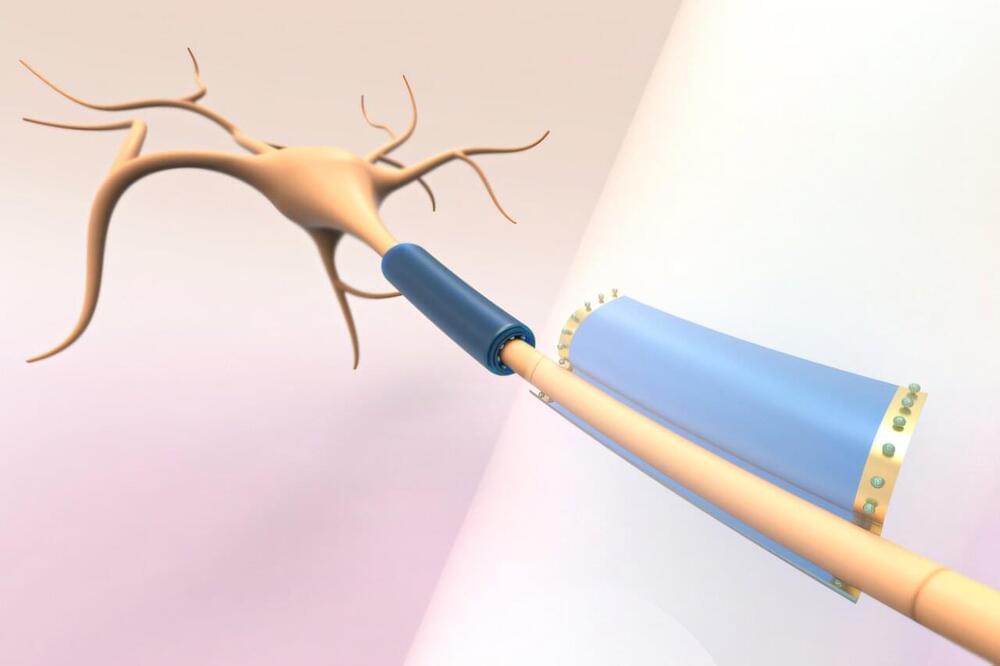Health Innovation For Prevention And Precision At Scale — Dr. Päivi Sillanaukee, MD, Ph.D. — Special Envoy, Health & Wellbeing, Ministry of Social Affairs and Health Finland.
Dr. Päivi Sillanaukee, MD, Ph.D. is Special Envoy for Health and Wellbeing, Ministry of Social Affairs and Health Finland (https://stm.fi/en/rdi-growth-programm…).
Dr. Sillanaukee has over 20 years of experience at highest civil servant administrative positions, both from government, including roles as Director General at Ministry of Social Affairs and Health, Ambassador for Health and Wellbeing at the Ministry for Foreign Affairs, as well as various additional roles in the public sector at the Municipalities and Special Health care district levels.
Actively participating also in Global Health, Dr. Sillanaukee has chaired and facilitated global multisectoral, multi-partner Health Security collaborations, facilitating capacity building at the country level. She served as Vice chair and member of WHO Executive Board, as Executive President for WHO/Europe Regional Committee, Member of Women in Global Health advocating for Gender Equity in Health, a member of Global Pulse Finland’s health sector advisory board, as Member of Board of Directors, Healthcare Information and Management Systems Society (HIMSS) and Member of the Inaugural Board of Digital Health \& AI Research Collaborative (I-DAIR).
Dr. Sillanaukee has also served as the co-chair of the Alliance for Health Security Cooperation (AHSC) and a member of the Steering Group of the Global Health Security Agenda.






